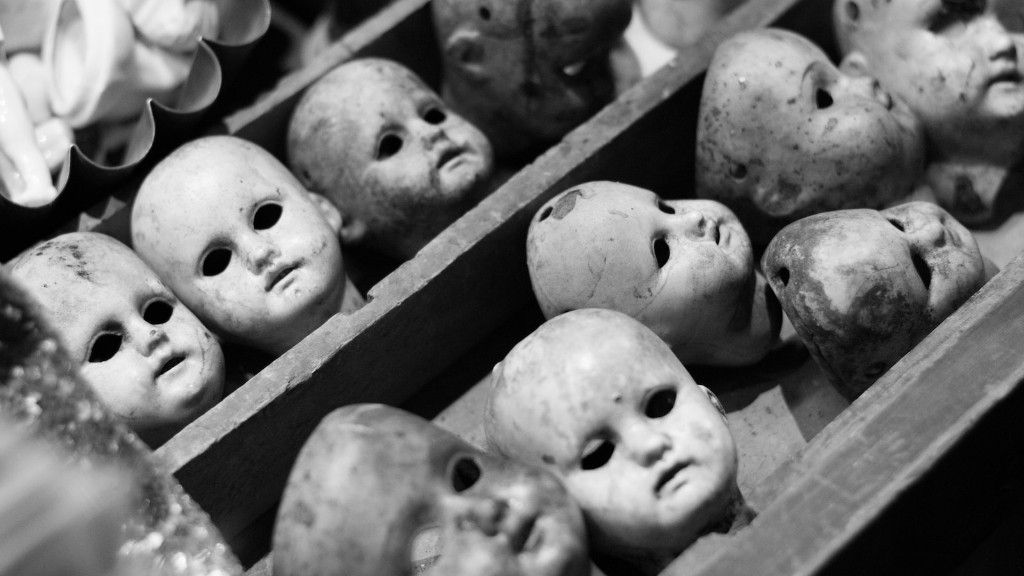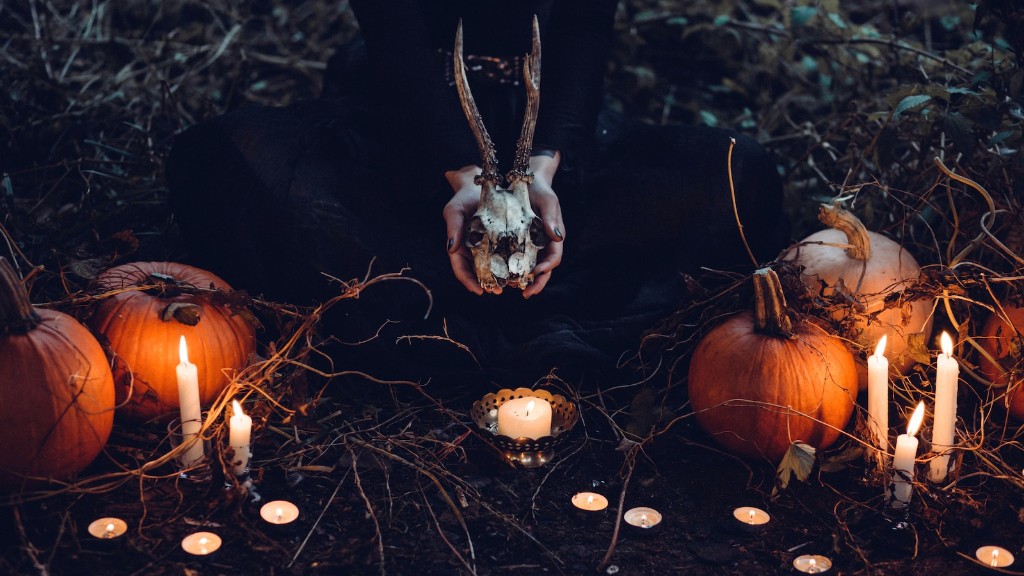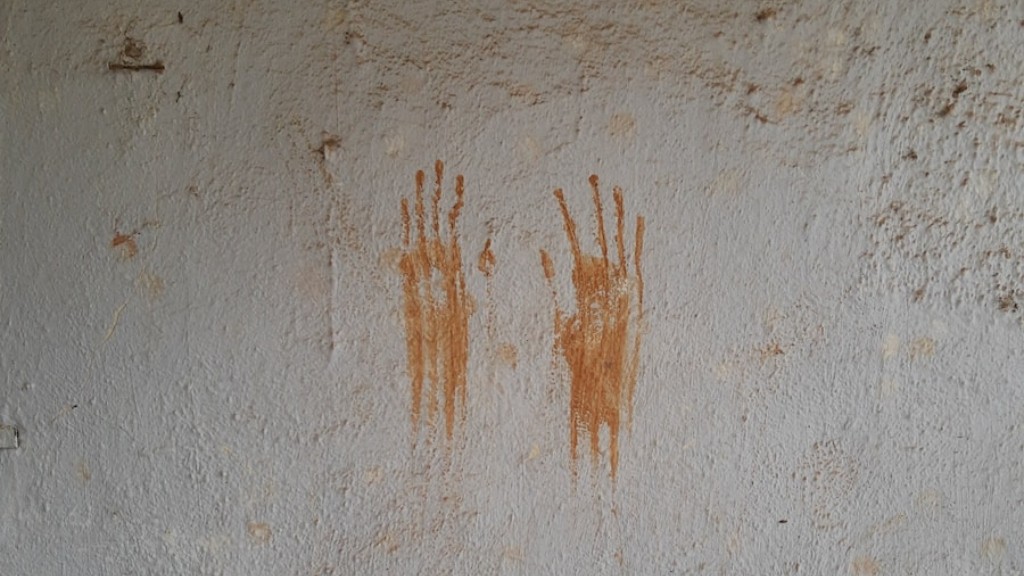Thriller movies have become increasingly popular over the years, often indistinguishable from horror movies with their horrifying villains and suspenseful scenes. But what is the difference between a thriller and a horror movie, if any? To answer this, we must first analyze the typical elements of both genres.
An essential feature of horror movies is the presence of fear and dread. Horror stories are primarily focused on creating suspense and shock, and viewers tend to be most affected by the horror elements. It is common for horror to include graphic violence, supernatural beings and monsters, and monsters that are often humanoid. To create these feelings of terror and dread, filmmakers often use jump scares, intense sound design and music, and special effects. On the other hand, thrillers are usually more focused on the suspense that comes from the unknown, rather than fear or horror. Thrillers rely on psychological suspense, mystery, tension building, surprise plot twists, and often involve a dark and macabre setting.
Another key difference between thrillers and horror films lies in their respective themes and subject matter. Horror films explore the dark, deepest fears of humanity, often featuring one or more evil entities that terrorize a group of people. Thrillers focus more on crime, mystery, or espionage and often feature a protagonist trying to figure out a difficult situation. When it comes to the villains, horror movies often revolve around supernatural creatures, while thriller villains are usually grounded in reality.
Challenge of Differentiating the Two Genres
The challenge for filmmakers is to differentiate between horror and thriller films. While there are some common elements, it can be difficult for filmmakers to create a movie that fits clearly and exclusively in one genre. Often movies will hover the line between thriller and horror, such as films like “Silence of the Lambs” and “The Shining.”
In some cases, it can become difficult for audiences to differentiate between the two, as the films are often very similar in terms of content and tone. Both genres often feature evil forces or sinister characters that spark fear and dread, and it can be difficult to distinguish between the two.
From a marketing perspective, it is sometimes beneficial to blur the line between horror and thriller films, as they will often appeal to similar demographics. Ultimately, it is a subjective judgment, as what feels suspenseful to one person may feel horrific to another.
Analysis of Cinemagraphic Techniques
One way to distinguish horror films from thrillers is to analyze the cinematographic techniques used to create the overall mood and atmosphere of the films. Horror films typically make use of more graphic visuals, such as blood, gore and violence. Thriller films are often more subdued and less graphic, relying more heavily on psychological suspense and tension. Thrillers can also make use of montages, time-lapse shots and other special effects to keep viewers on the edge of their seats.
When it comes to music, horror films usually employ intense soundtracks filled with screeches and crescendos to illustrate the evil in the story. Thrillers, on the other hand, are often accompanied by music that builds suspense and tension, sometimes with a mix of electronic and orchestral elements. Both genres use music to heighten the emotional response of the audience, but in distinctively different ways.
Strategy of Building Suspense
When it comes to strategies of building suspense, thrillers tend to focus more on mystery and intrigue, while horror films focus on fear and dread. In thrillers, filmmakers often employ plot twists and other unexpected elements to keep viewers guessing and engaged. Horror films, on the other hand, rely more heavily on shock and jump scares to surprise viewers and keep them on the edge of their seats.
Some films, such as “Jaws,” have successfully utilized both horror and thriller elements to create an effective and entertaining movie. The 1975 film employed both shock and suspense as the shark expertly hunted its prey, leading to one of the most iconic films of all time.
It is clear that the line between horror and thriller films can be blurry, but both genres have their own distinct elements and conventions. Thrillers focus more on suspense, mystery, and intrigue, while horror films rely more on fear and dread. When it comes to marketing, filmmakers often take advantage of the overlap between the two genres, utilizing elements of both to create films that appeal to a wide audience.
Exploring the Influence of Culture on Genres
The culture and conventions of a particular society can also play a key role in the horror and thriller films they produce. For example, films in Japan often employ horror elements to reflect ideas of philosophy and spirituality, while Western films are often more focused on suspense and mystery, with a heavier emphasis on gore, violence and shock.
The influence of culture can also be seen in the characters and stories that appear in horror and thriller films. Films often feature villains and protagonists who embody the values of the society in which the film is produced. In some films, the “bad guys” are portrayed as dark and mysterious figures, while in other films they may be seen as powerful and ambitious.
Evolution of Horror Movies Over the Decades
Horror and thriller films have come a long way over the years. From the classic black-and-white films of the 1930s to the modern special effects-ridden blockbusters of today, the scope and depth of the genre have grown exponentially. While horror films in the 1930s often focused on the supernatural, today’s films are often more grounded in reality. Thriller films have also evolved over the years, from the psychological thrillers of the 1970s to the more action-oriented films of recent years.
From a technical perspective, advances in technology have enabled filmmakers to create more sophisticated and ambitious films. The special effects of modern films are often so convincing and lifelike that it can be almost impossible to tell the difference between reality and fantasy. Furthermore, advances in CGI and sound design have enabled filmmakers to create scenes of incredible realism and intensity.
Distinguishing Between Horror and Thriller Movies
So, what is the difference between horror and thriller films? While it can be difficult to define the line between the two genres, it is clear that both contain elements of fear and suspense. Horror films are typically more focused on shock, fear and dread, while thrillers emphasize suspense, mystery, and intrigue. No matter which genre a film falls into, these elements help to create a gripping and entertaining experience.
Influence of Genre-Blending
An emerging trend in recent years has been the blending of horror and thriller elements in a single movie. Films like “A Quiet Place” and “Us” have successfully combined horror and thriller elements to create an immersive cinematic experience. By taking advantage of the overlap between the two genres, filmmakers have been able to craft unforgettable films that appeal to both horror and thriller fans alike.
These genre-blending movies are becoming increasingly popular, proving that it is possible to meld together the core elements of horror and thriller films to create something unique and exciting. By blending horror and thriller elements, filmmakers can create a cinematic experience that is both exciting and terrifying.
Notion of Cinematic Experiences
At the end of the day, horror and thriller films are both cinematic experiences that evoke strong emotions in viewers. Whether it is fear or suspense, these movies are designed to affect the emotions and perceptions of viewers. It is clear that there is a distinct line between horror and thriller films, but both genres employ shock, suspense, and mystery to tell stories that audiences find compelling.
Filmmakers are constantly pushing the boundaries of horror and thriller films, and the lines between the two genres often become blurred. With the advancement of technology, it is possible for filmmakers to create more ambitious and innovative films, mixing horror and thriller elements in new and exciting ways. Ultimately, both horror and thriller films strive to create an unforgettable cinematic experience, and it is up to the filmmaker to decide which genre element to prioritize.




